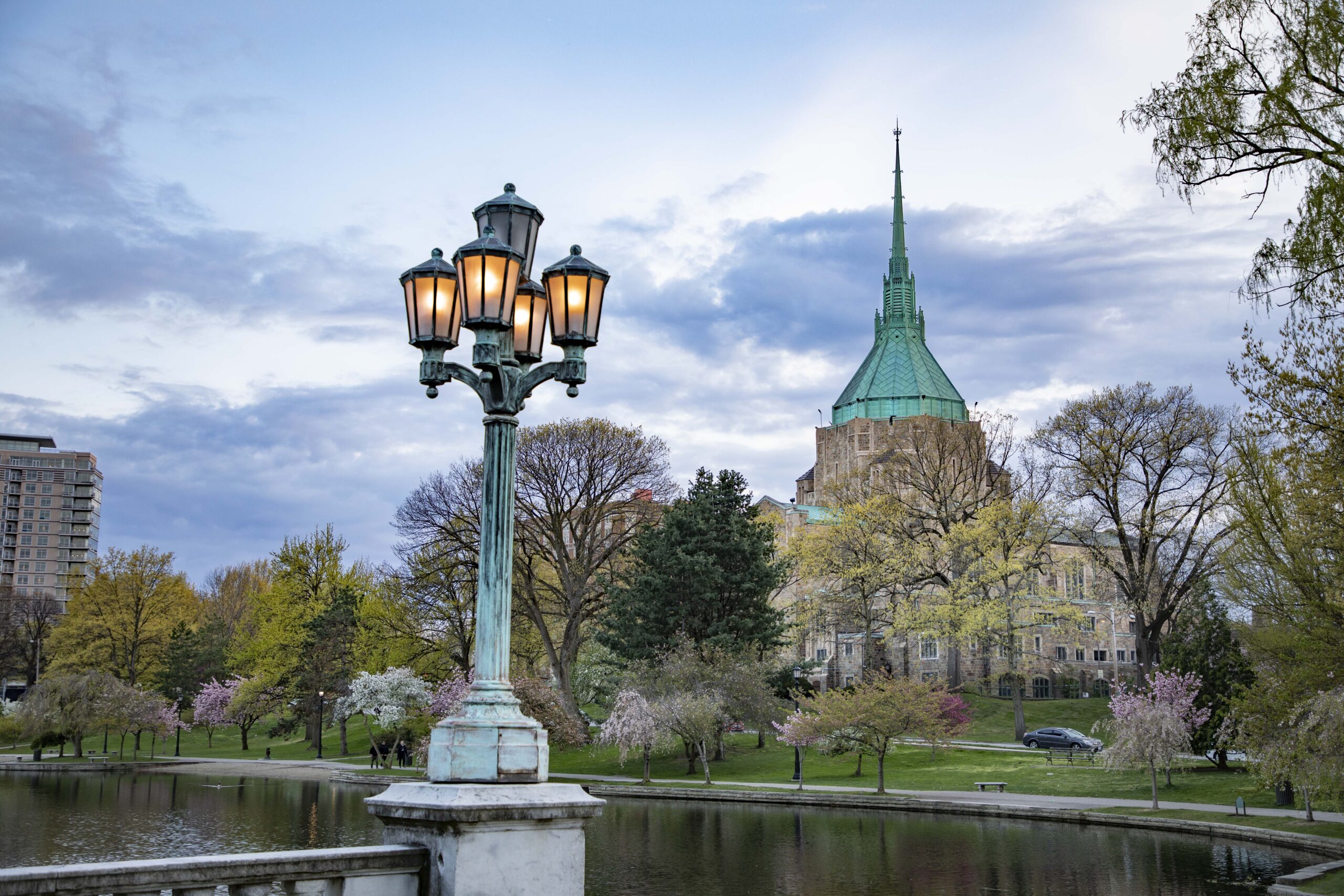A Surprise Way To Fund Your Assisted Living
As a senior, you are apt to need some sort of assistance with basic living needs as you age. Maybe you suffer from an unexpected medical illness or you have a slip and fall accident. This type of incident is increasingly common for seniors and can force you to find assisted living services fast. If you are not financially prepared to pay for assisted living as a senior through retirement funds or savings, there is another option. Find out whether assisted living is the right choice for you and how to pay for this type of senior living with life settlements by Windsor Life.
About Assisted Living Communities
Seniors interested in moving into an assisted living community typically have some sort of health problem that prevents them from living unassisted. The National Center for Assisted Living reports that almost 50% of seniors in assisted living have cardiovascular disease. In addition, four out of 10 residents have memory loss, Alzheimer’s disease, or dementia. As a result, having 24/7 supervision and onsite medical care is an important part of this type of living arrangement.
An assisted living community is a residential care community where seniors, often as young as 50, live together. This community provides housing typically in apartments, condos, townhomes, duplexes, or single family homes. Twenty-four-hour security and medical aid is available to protect and assist residents with a variety of needs. These can include meals, personal care aid, housekeeping, entertainment, transportation, and medical services. Note that these communities are age-restricted, which allows seniors to live undisturbed and in a microcosm best suited for their personal and age-related needs.
Assisted Living Statistics
The Centers for Disease Control and Prevention (CDC) reports that the US has:
- 28,900 residential care communities
- 811,500 residents living in this type of senior living facility
Note that residential care communities include any facility that has:
- More than four beds
- At least two daily meals
- 24/7 supervision
- Personal care aid, i.e., bathing or medication management
- Senior care not exclusive to populations who are developmentally or intellectually disabled
Assisted Living Facilities by Region
As you can see, this includes assisted living facilities, as well as nursing homes, hospice care centers, and possibly adult day care facilities. The National Survey of Long-Term Care Providers conducted in 2012 by the CDC details the number of residential care facilities in the US from 2012 to 2016. The data reports:
- The number of residential care facilities for seniors in the Midwest has increased from 36.4 percent in 2012 to 40.8 percent in 2016
- The greatest number of residential care facilities were consistently located in the Western US in this period with approximately 40 percent of facilities
- The smallest percent of facilities were consistently located in the Northeastern US with about 10 percent of residential care centers
- Southern states saw a slight decline in residential care facilities from 30.6 percent to 28 percent
Who Lives in Assisted Living Facilities
According to American Senior Communities, at a 7 to 1 ratio, there are far more women to men living in assisted living communities. The National Center for Assisted Living reports that:
- 53 percent of residents are 85 years or older
- 30 percent are 75 to 84
- 10 percent are 65 to 74
- 7 percent of seniors are younger than 65
Cost of Assisted Living for Seniors
The American Seniors Housing Association reports the average cost of assisted living in the US is $3,750 a month or $123 a day. The annual cost of assisted living is an estimated $45,000 a year. Seniors living in metro areas with high costs of living coincidentally have the most expensive assisted living facilities, which far exceed these estimates.
Along with the financial cost of assisted living, you also want to consider the other benefits of assisted living. If you are unable to safely live in your home alone, and you need assistance with daily life, then you will need to turn to senior living services. Assisted living provides you with the freedom of remaining independent while having a helping hand when you need it.
How do you choose the right elder care facility?
Choosing the right elder care or nursing home facility may be one of the more difficult choices you’ll face. While finding one that’s appropriately priced is always a priority, it’s also very important to find facilities that offer the right services for your needs or those of your loved ones.
Lifestyles and living are also important in elder care facilities. These facilities are designed to provide long-term care for aging adults who still have a lot of living left to do. Look for facilities that offer a wide range of activities daily such as exercises, gardening, arts and crafts, trips and excursions, and a vibrant sense of community. The more aging adults have to occupy their hours the less likely they are to suffer from depression, which can greatly reduce not only their quality of life, but also their overall health and life expectancy.
If you’re facing special needs, such as care for dementia and/or Alzheimer’s disease, you’ll find that Dementia & Alzheimer’s Caregiver Center is a good support forum for families dealing with Alzheimer’s disease and dementia. It is a resource that may help to point you in the right directions when it comes to choosing elder care facilities that offer specialized care and treatment for patients living with these conditions.
What are possible solutions for funding elder care?
Money matters are no small obstacles for many people when it comes to making the decision to move into elder care facilities. In fact, it can be a huge obstacle making the process seem nearly impossible.
Some aging adults were fortunate enough to invest in assisted living insurance or long term care insurance in its infancy to help with some of the costs associated with assisted living communities.
Most aging adults facing those decisions today, though, are ill-prepared for the full scope of costs of living in elder care facilities, which Bankrate places somewhere in the neighborhood of $3,500 per month as the average rate for a one bedroom apartment in an assisted living community.
For these adults, there are other options to consider to raise funds for their care, including:
- VA Assistance (available for veterans who have served at least 90 days of active duty with at least one day of that service during a time of war)
- Reverse Mortgages
- Life Settlements
- Medicaid Assistance for Assisted Living (covers partial costs of assisted living, but is only available in some states)
You can find out how others are funding their move from homes to assisted living facilities at Living Senior, which is an excellent resource for all things elder care as it strives to be the definitive resource for senior care information on the web today.
How to Pay for Assisted Living Services
An often overlooked asset is a life insurance policy. In fact, it’s estimated that tens of billions of dollars are lost and forfeited in lapsed life insurance policies because most people will simply stop paying the premiums. A life insurance policy can be sold to a third party, just like any other asset. If you need to pay for assisted living but lack in savings, investment income, or retirement funds, consider the services of a life settlement broker. As a preferred broker in Chicago, Illinois, Windsor Life Settlements, LLC provides invaluable life settlements to pay for senior living services. This includes assisted living services for seniors. Contact Windsor Life Settlements today at 888-994-6376 to speak with a life settlement broker today.




